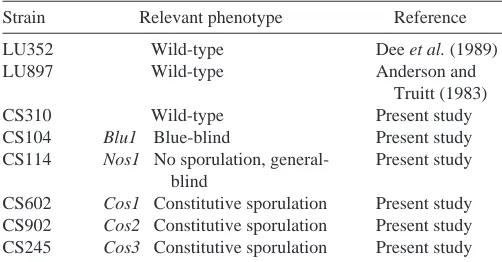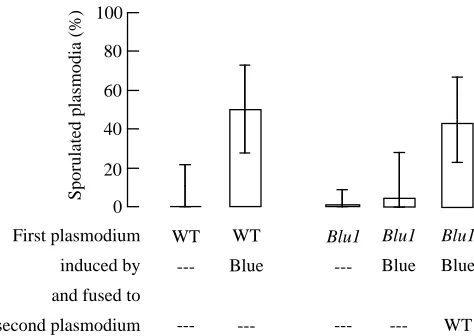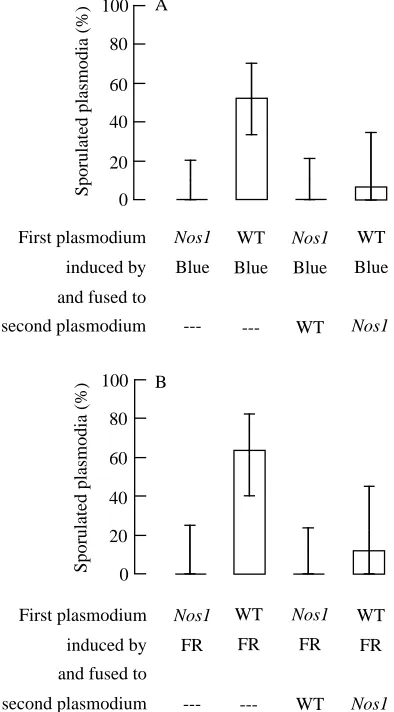Kinetic analysis of a signal transduction pathway by time resolved somatic complementation of mutants
Full text
Figure




Related documents
Note: When Shake Qmaster Admin Tools are installed, the Shake Qadministrator icon appears in the Applications folder and the Batch Monitor icon appears in the
Planning for Enrichment and Equity in Dual Language Education: A Study of Eight Program Master Plans..
I am conducting research on adjunct faculty job satisfaction levels and professional development interests. You are invited to participate in this study by completing an
In this multi-centre study of adults with severe falcip- arum malaria, the platelet count on admission correlated with disease severity and outcome, but had limited inde-
For this article, literature was identified through a computerized search of MEDLINE via PubMed for the period from 1980 to January 2014, using the medical subject headings (MeSH)
(B) Histone H3 distribution over the procyclin locus was investigated using ChIP with an anti-histone H3 an- tibody (or no antibody as a negative control) in bloodstream form (BF)
t In patients who lacked (liastolic murmurs, apical systolic murmurs of only Grade 2 or higher intensity were cOflsi(lered as
The variables selected for the study are Working conditions, inter personal relations, trust among employees, autonomy and freedom, decision making, training,

